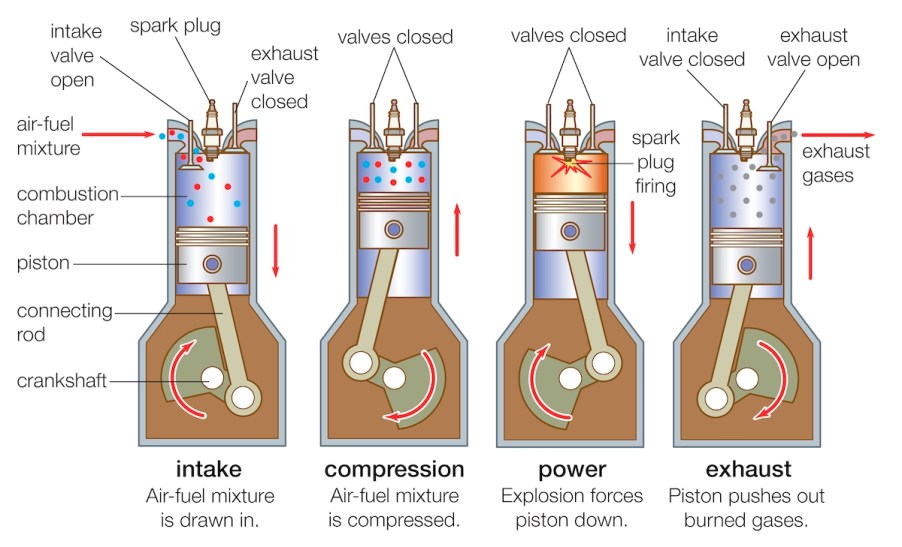
Why Do Cars Need Spark Plugs?
Keeping up with your car’s essential maintenance tasks is the best way to have it last 200,000 miles or more. Some of these are common sense, like keeping your tires inflated or checking your car’s oil level. However, not everyone remembers to maintain a proper level of coolant in their car’s engine or get the tires rotated. But what about the spark plugs.
After 30,000 miles, you should check your vehicle’s plugs. These plugs are located under your car’s hood, usually on the top or side of the engine. Why are these plugs so essential, and what are the consequences of installing the wrong ones?
Why your car needs spark plugs

When you turn the key in your car’s ignition, your engine’s spark plugs immediately produce a burst of electricity. This ignites the fuel and air mixture in your engine, which sets your engine’s pistons running as your car comes to life. Without spark plugs, your engine wouldn’t be able to start at all, even if it had no other performance issues.
The average one lasts up to 30,000-40,000 miles. A few premium spark plugs promise lifespans up to 100,000 miles. Replacing your engine’s spark plugs is also one of the easiest maintenance tasks to do on your own.
Does your car have the wrong spark plugs?
According to Jalopytalk, your engine’s spark plugs will only work correctly if you install the right set. If your car doesn’t have the right ones, you may experience hard engine starts. Your car will eventually run, but it will take multiple cranks of the key until it does.
Of course, a hard engine start can also be caused by a worn-out ignition switch or a faulty starter. If you notice that your ride also feels shakier and the engine takes longer to accelerate, it’s probably due to mismatched spark plugs. An engine misfire can sometimes be felt as a jolt after throttling the engine, is commonly due to a spark plug issue.
On the other hand, the right set allows your engine to start without issue. Most of the time, you can find out which ones you need by checking your owner’s manual. If not, you can find the exact plugs you need by searching an online parts database.
You’ll need your vehicle’s model year, the exact model name, and the vehicle’s automaker to find the right plugs. These databases also usually ask for your car’s transmission type, your engine’s displacement room, and how many cylinders your engine has. An automotive store clerk or mechanic might be able to assist you if you can’t find that information on your own.
Jalopytalk says that replacing the bad plugs with OEM plugs isn’t a requirement. However, you should at least have the same type of plugs. For example, if your car has copper spark plugs, you should probably avoid platinum or iridium plugs as replacements.
What happens if you install the wrong ones?
Jalopytalk says that the wrong spark plugs could likely cause your car’s engine to stall while you’re driving. The plugs aren’t designed to fit to your engine, so they can become loose and pop off instead of staying attached. While they’re still attached, you’ll probably experience many engine misfires and hard starts.
Too many of those put a lot of strain on your engine, leading to long-lasting damage. Fortunately, some drivers will never have to worry about installing the wrong plugs in the first place.
The wrong ones won’t even fit inside the threads if they’re too big. For your safety and the engine’s sake, always do your research before you buy a new set of spark plugs.


